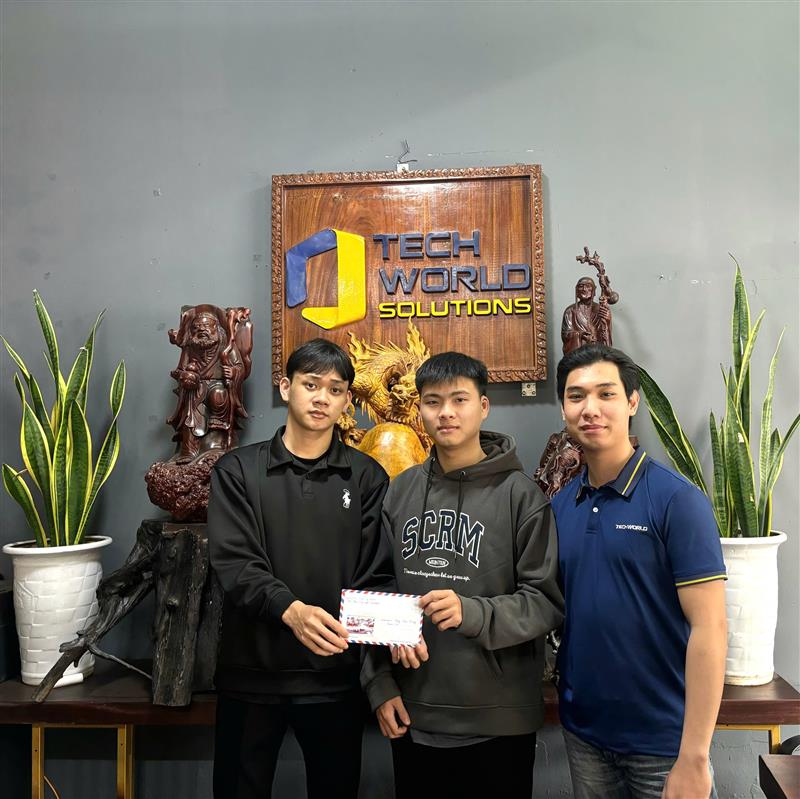5 Must-Have Product Owner Skills for Agile App Development
In Agile application development, everyone on a team plays a specific role.
The product owner can make or break a project. Teams with multiple product owners, a “bad” product owner, or no product owner at all suffer from miscommunication, a lack of organization, and product delays.
One of the top reasons why Agile projects fail is because the product owner lacks the right skills. Read on for a closer look at the must-have skills every product owner should have, and the foundations of the Agile product owner role.
5 must-have Agile product owner skills
1. Communication skills
Communication is one of the most important skills for anyone on an Agile team. Everyone should be transparent and willing to collaborate to achieve a common goal.
Since product owners work closely with stakeholders, developers, scrum masters, and other roles, they especially need to communicate clearly. Successful product owners can adapt to different teams and personality types while also executing the vision of the product.
Here are a few of the many topics product owners are expected to communicate:
- Product requirements and goals
- Technical knowledge
- Project statuses
- Stakeholder and user feedback
If the product owner’s communication skills aren’t up to par, there’s a high chance the project will either have speedbumps or fail completely.
2. Analytical skills
Analytical skills are critical to the success of a product. With enterprise development, product owners should be comfortable gathering and analyzing information for timely decision making and problem solving.
This information can include:
- user demographics
- development resources
- market data
- stakeholder feedback
Product owners use their analytical skills to prioritize the backlog, communicate effectively, and organize the many moving parts of a development project.
The value of strong analytical skills can’t be overstated enough. In fact, the World Economic Forum lists analytical thinking as the number one job skill of the future.
3. Knowing when to say “no”
The product owner isn’t there to implement everyone’s feedback. Sometimes, saying “no” is the best thing a product owner can do for the business.
Product owners manage feedback from the business to guide the development team, and most of the time they will have to say “no” to certain requests.
Maybe the requests will prolong the development process or negatively impact the final product. Whatever the reason, it’s up to the product owner to determine the appropriate next steps and stand by their decisions.
And here’s where communication comes in again. When saying “no,” do so in a way that won’t discourage whoever is on the receiving end. Product owners should explain if and why certain feedback will or will not be developed for full transparency.
4. Focusing on the vision
The product owner’s responsibilities include ownership of the process and a commitment to the project, vision, team, and business. They need to collaborate with everyone and attend all meetings related to the product.
High levels of responsibility require intense focus. Product owners need to steer the ship forward while aligning the product vision with the company’s vision and needs.
5. Project management
Product owners and project managers have very different jobs, but they need a lot of the same skills to succeed. The product owner on an Agile team is essentially the captain of the ship, which requires some degree of management expertise.
The Project Management Institute (PMI) defines the role of project management as “the application of knowledge, skills, tools, and techniques to project activities to meet the project requirements.”
Sound familiar? Project managers, like product owners, are laser-focused on the overall vision of a project and the delivery of on-target products. With an abundance of tasks to delegate, team members to communicate with, and requirements to hit, management skills are crucial for the product owner.
Of all these product owner skills, communication is the key skill that ties everything together. The product owner should be a master communicator and ensure that business and IT are equally aligned to make the product vision come true.
- Knulle fitte hjemmelaget norsk porno & porno videoer en hd bondage tube sex
- Enterprise Resource Planning (ERP)
- 10 Advantages and Capabilities of Dynamics 365 Integrations with Microsoft Applications
- Manage Your 3D Printing Projects with Tocndix
- Techworld Solutions Đồng Hành Cùng UTE Trong Đào Tạo Nhân Lực Chất Lượng Cao
Bài viết cùng chủ đề:
-
Leave Request – Quản lý nghỉ phép thông minh trong một mô-đun CRM duy nhất
-
Techworld Solutions Đồng Hành Cùng UTE Trong Đào Tạo Nhân Lực Chất Lượng Cao
-
Microsoft Office chính thức chuyển thành Microsoft 365
-
Epicor Asia & Techworld Solutions Vietnam Chính Thức Công Bố Quan Hệ Đối Tác Chiến Lược, Mở Rộng Hệ Sinh Thái Giải Pháp Tại Việt Nam và Khu Vực
-
Chúc mừng đội ngũ Microsoft!
-
Giá trị của Microservices Doanh Nghiệp với Low-Code
-
Sự Tiến Hóa Tiếp Theo Của Mendix Cloud: Đón Nhận Kubernetes Để Xây Dựng Nền Tảng Sẵn Sàng Cho Tương Lai
-
Optimizing Production with Epicor ERP – Specialized Solutions for Complex Industries
-
Addressing the Knowledge Gap
-
AI-Assisted Development in Action with Mendix
-
Empowering Mobile Innovation
-
How to Upgrade Legacy Systems to Compete in the Cloud Age
-
TECHWORLD SOLUTIONS VIỆT NAM VÀ ĐẠI HỌC SPKT ĐÀ NẴNG KÝ KẾT HỢP TÁC TRIỂN KHAI TRUNG TÂM NGHIÊN CỨU & ĐÀO TẠO CÔNG NGHỆ SỐ
-
How to Architect Your Mobile Customer & Employee Experiences
-
PVI Gia Định Partners with Techworld Solutions Vietnam to Revolutionize Insurance Management
-
ESEC Group Partners with Techworld Solutions Vietnam to Implement Microsoft Dynamics 365 ERP

















